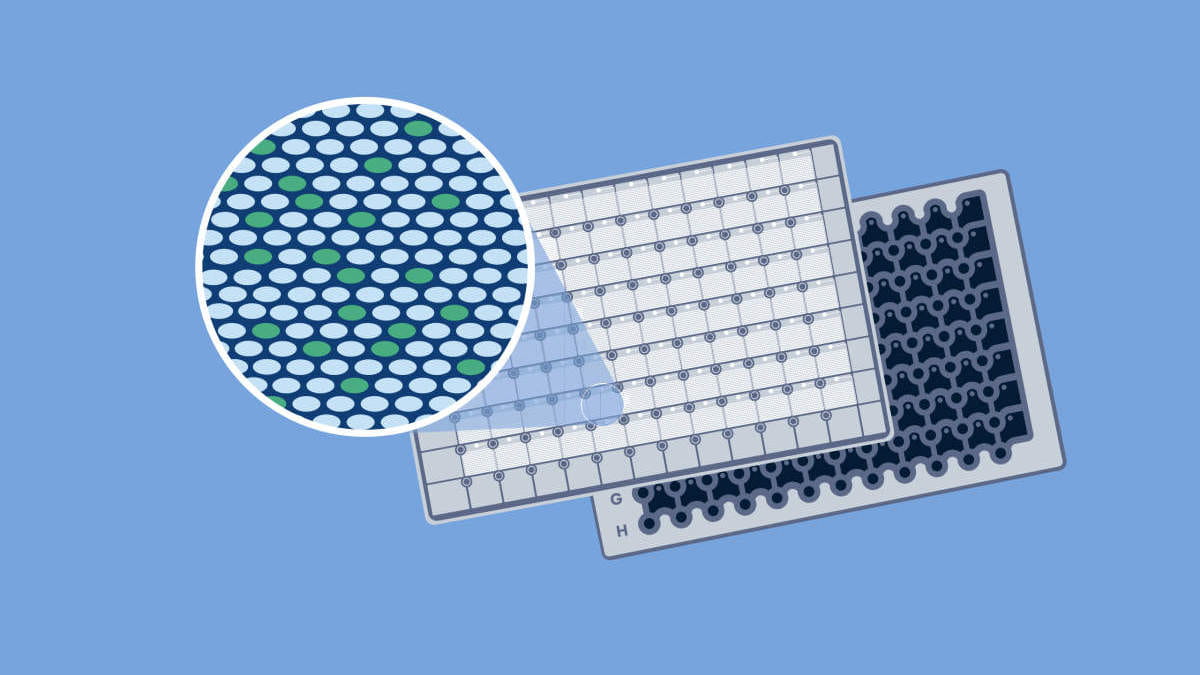
It is easy to use the QIAcuity
Transition into a simple and rapid digital PCR workflow.
Latest in Digital PCR – Webinars, stories and more
Nanoplate dPCR technology
Advantages of the QIAcuity Digital PCR System
FAQs about QIAcuity Nanoplate Digital PCR
Open your inbox to free instant dPCR news
Find valuable scientific resources, get updates on the latest webinars and events, hear new podcast episodes and be the first to learn about exciting product launches.
Popular topics for dPCR beginners
Just starting your dPCR journey? Then explore our benchguide with concise and useful information for dPCR beginners. Discover what is digital PCR, find a comparison of PCR methods and go deeper into a comparison of digital PCR methods.
